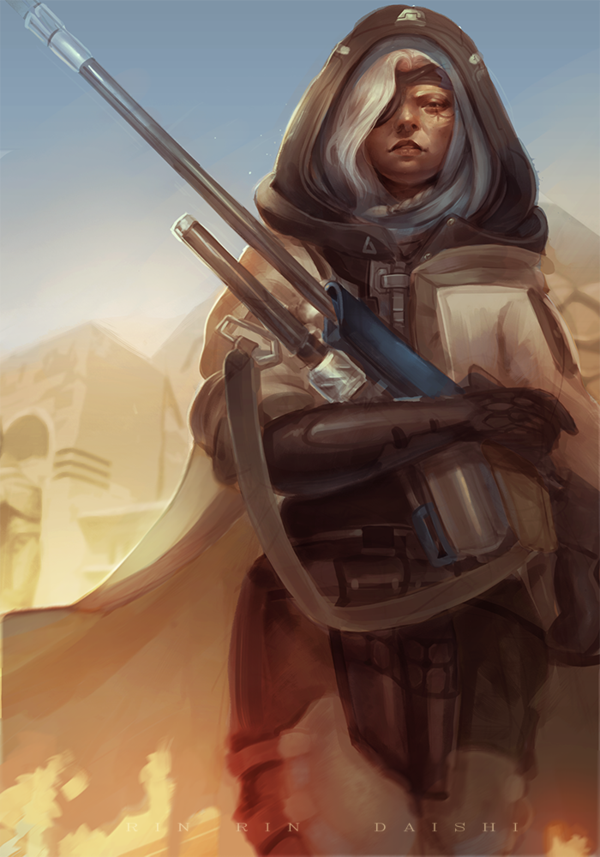The “NiP” team composition, also known as the “3×3” comp, has been one of the most defining strategies since the introduction of the hero limit. What is it, how does it work, and what can you do against it?
Origin
The “NiP” comp received its name from Ninjas in Pyjamas, who where the first to adopt it as their bread and butter as other strategies made them lose. Its success varied, but NiP was devoted. The strat also received the “3×3” name because it consists of three tanks and three supports. Winning without DPS heroes was unheard of when this strategy first emerged.
How it works
The goal of the NiP comp is to overwhelm your opponent with a supercharged tank.
The tanks charge their ult by tanking damage. Meanwhile, the healers charge their ult by healing the tanks. So you’re presented with a situation where you seek to take as much damage as possible. And since most strategies revolve around dealing as much damage as possible, the NiP comp filled an exploitable gap in the meta.
Once the ults are charged, the Nanoboosted tank throws himself into the fray to take out a couple enemies. From there, the team secures a favorable position.
With well-trained timing this can take place before any opposing heroes charge their own ults. The initial strike succeeds without challenge if everything goes as planned.
Structure
Because the main criterion for the strategy is a role distribution of three tanks and three supports, the NiP comp can come in many different forms. The most typical of these are:
Supports
Ana, Lucio, and Zenyatta
Tanks
Reinhardt, Zarya, and Roadhog
Important aspects for execution
- Be the first to execute
- Your team is likely to face another team using a similar composition. If so, positional advantages become more pronounced if you attain them earlier. Make sure to charge your ult first!
- Don’t over-commit
- If you’re being counter-picked, be realistic and adjust your comp. All comps succeed based on circumstance. Don’t just blindly trust the track-record of any strategy.
How to Counter
Mei and Reaper are the main counters to the composition.
Reaper’s designed to eliminate tanks. Although Nanoboost absorbs incoming damage, tanks are just so big that they’re likely to absorb every pellet of Reaper’s shotgun. Coupled with a Nanoboosted Reaper, that damage multiplies and quickly becomes too much to withstand.
Mei is also a potent counter-pick. Her ultimate limits mobility, which nullifies one of the benefits derived from Ana’s ult. Mei can also deal high amounts of damage over long distances. This means that she can poke at the Ana that’s hiding in the back. Mei’s wall, if used intelligently, can also block off the line of sight between Ana and her tanks. As a result, Mei can stall the ult charging process, and buy the team some more time to prepare for the attack.
Is the NiP comp dead?
ELEAGUE showed that there’s a clear counter to the strategy. Although it didn’t seem like a good way to win games at the time, it’s never wise to entirely dismiss a strategy that worked.
Right now, be careful of using the NiP comp, even in pubs. You might end up running into a fatal trap.
Just make sure to know how it works, how it emerged, and how to execute it. Who knows, maybe a new meta will emerge with a gap that’s perfect for NiP’s team composition to exploit.
